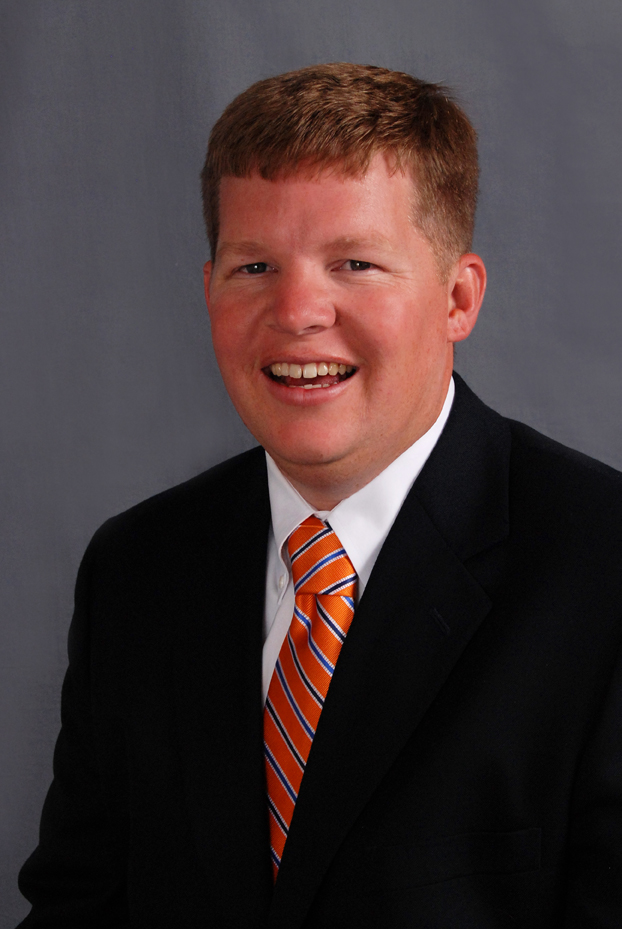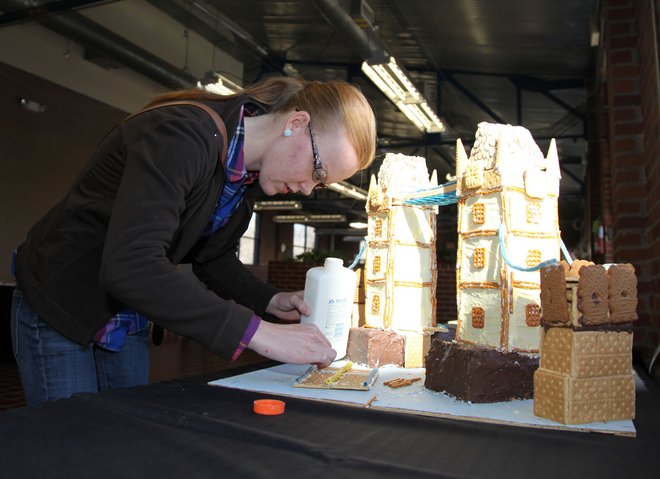Homes designed by a/e ProNet client Andrew Skurman have been featured in a wide variety of publications, including Architectural Digest, The New York Times Magazine, Western Interiors, California Homes, San Francisco Magazine, This Old House, Luxe. Interiors + Design, House Beautiful, and Gentry Design. Work by the firm is also included in the books Napa Valley Style (2003) by Kathryn Masson and San Francisco Style (2004) by Diane Dorrans Saeks. And now, Andrew Skurman has a book of his own!
 In August, Princeton Architectural Press published Contemporary Classical — The Architecture of Andrew Skurman.
In August, Princeton Architectural Press published Contemporary Classical — The Architecture of Andrew Skurman.
Excerpted from Princeton’s website:
“Skurman draws on an extensive architectural library of European and American design with the precision of an eminent art historian, skillfully adapting timeless design elements to suit today’s lifestyles. Collaborating with well-respected contractors, interior and landscape designers, lighting and audiovisual experts, and other consultants, Skurman blends modern comfort and conveniences into traditional settings. Featuring gorgeous photography and exquisite watercolor studies, Contemporary Classical showcases an exceptional range of residential work, including projects in San Francisco (Nob Hill, Pacific Heights), the Newport Beach coast, and Northern California.”
ProNet first got wind of Skurman’s new publication from lifestyle blogger The Style Saloniste who said, in her “fall preview”:
“San Francisco architect Andrew Skurman’s new book is essential for the collections of architectural students, interior designers, potential clients, and everyone who wants to learn about classical architecture—the real thing.”
And the San Francisco Chronicle’s review of Contemporary Classical was a rave!
“One of the guilty pleasures in reading coffee-table books about stunning residences is trying to determine which homes are pictured. Locals will have fun guessing from among the 20 anonymously featured in a new book by one of San Francisco’s most respected architects. [The book] features 255 pages of colorful photos of residences inspired by his love of French chateaux and classical Greek and Roman forms….”
The book retails for $60.00, but can be purchased now on Amazon for $37.80, and would make an excellent gift for your favorite architect. Happy shopping!
Item contributed by Leslie Pancoast of a/e ProNet Member firm IOA Insurance Services in Pleasanton, California.
 The meeting also marked the end of Leslie Pancoast‘s two-year term as President of a/e ProNet. She is succeeded by Jeff Todd, President of IMCI.
The meeting also marked the end of Leslie Pancoast‘s two-year term as President of a/e ProNet. She is succeeded by Jeff Todd, President of IMCI.








